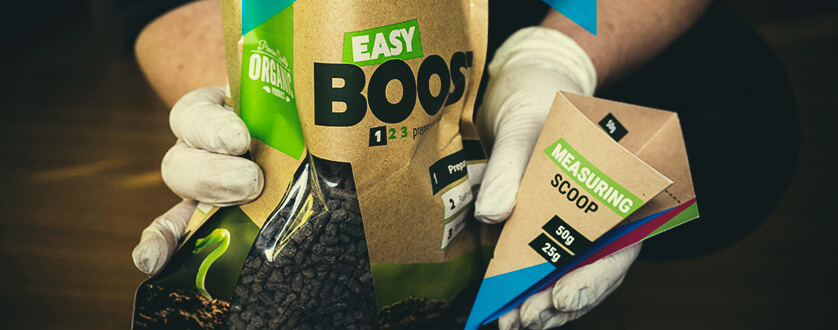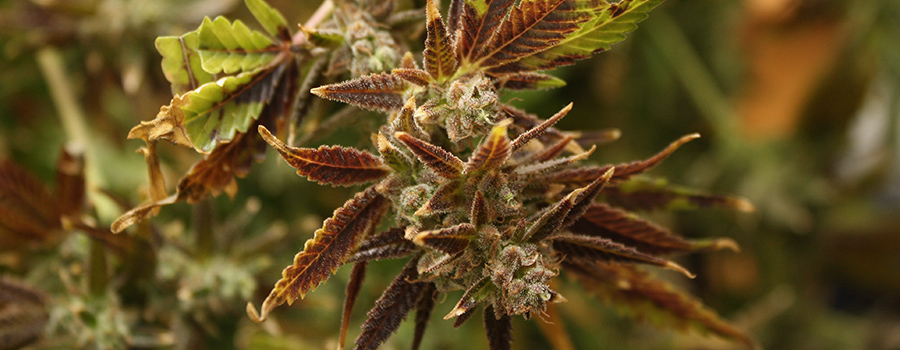Nothing a good old copy/paste won’t fix! 

Macro & Micronutrients In Cannabis - The Differences
Nutrients are of critical importance when growing marijuana. What are the differences between macro & micronutrients? Why are they important and how do they affect plant growth? RQS has all the answers.
128 5
9 Nov 2017
NUTRIENTS IN CANNABIS
The terms “macronutrients” and “micronutrients” describe the quantities of compounds used by plants, rather than the sizes of the molecules themselves. They refer to the amounts of specific nutrients required for plants to grow well. Nitrogen is considered a macronutrient because it is needed by plants in large amounts. Molybdenum is considered a micronutrient because it is required by plants in tiny amounts.
The correct balance of macro and micronutrients ensures vibrant growth and maximum yield. Imbalances can make plants grow weak and slow, or display definite signs of poor health. Dark green or yellow leaves, necrosis, dark spots, and chronic wilting are some typical signs of nutrient imbalances or deficiencies.

MACRONUTRIENTS
Macronutrients are those most essential for proper plant growth and health. Every vegetable gardener and cannabis grower knows the importance of the holy trinity N-P-K. The elements nitrogen, phosphorus, and potassium are the most commonly utilised by photosynthesising plants, cannabis included. In fact, during the vegetative phase of growth, cannabis is voracious for these three compounds.
The importance of these macronutrients can be observed simply by looking at any commercial nutrient bottle. Comprising 10% or more by volume, NPK makes up the bulk of most nutrient solutions. For example, the ratio 1-2-1 could be 15% nitrogen, 30% phosphorus, 15% potassium. The equally important micronutrients can be as low as .01% of the total volume.
The macronutrients are vital throughout each stage of cannabis growth. Different phases, however, require different combinations of the NPK ratio. For instance, during flowering, cannabis needs less nitrogen, but still requires high amounts of P and K.
RELATED STORY
How And Why To Create Homemade Organic Fertilizers
Here’s a quick breakdown of the three macronutrients and the role they play in cannabis development.
Nitrogen: This inert gas is the primary component of chlorophyll and an essential building block of amino acids. Plants use chlorophyll to turn sunlight, water, and carbon dioxide into sugars during photosynthesis.
Phosphorus: This element is essential for all life. Phosphates are a main component of DNA and RNA in animals. They are vital for the production of ATP and phospholipids, which form all cell membranes.
Potassium: This alkali metal serves a number of functions during plant growth. It helps enable photosynthesis and maintains integrity of cell walls. Potassium regulates the opening and closing of leaf stomata, which manages CO₂ uptake.

MICRONUTRIENTS
Although micronutrients are used in far smaller quantities by growing plants, they are still a critical part of plant health. There are over twenty micronutrients required by cannabis for continued vivacity. It seems the more rare an element is in nature, the less the plant requires it to grow. A quick check of the nutrient list on any commercial cannabis food bottle will show such diverse elements as iron, boron, molybdenum, calcium, sulphur, and zinc.
Each plays its own small, yet crucial role during every growth phase. Iron aids in the production of chlorophyll and is responsible for some enzyme functions. Zinc plays a part in enzyme production and the stretching between nodes. The cannabis plant craves calcium and magnesium during flowering, while sulphur plays a vital role in amino acid production.
Contemporary nutrient mixes generally have all the bases covered to support healthy and robust cannabis growth. It is rare for deficiencies to occur. When they do, it probably has more to do with over fertilising, pH imbalances, or using too many growth-boosting hormones. This practice can lead to a buildup of salts in the root zone causing nutrient lockout. Plants can show several symptoms at once when nutrient lockout occurs, which makes diagnosing difficult.
RELATED STORY
Why Soil Microbes Are Vital Within Your Cannabis Garden
GREAT WEED
Feeding the correct ratio of macro and micronutrients will guarantee vibrant marijuana during vegetation and branch-breaking buds during flowering. Understanding how nutrients work is part of becoming a grower of world-class buds.




















 , eating some of apples, and eating some of pumpkin seeds, because I don’t have a smokable Cannabis buds or edible Cannabis leaves to kicks the toxin out of my body and filter it in fully currently.
, eating some of apples, and eating some of pumpkin seeds, because I don’t have a smokable Cannabis buds or edible Cannabis leaves to kicks the toxin out of my body and filter it in fully currently.



 thank you so much, now it’s a hundred percent clear from your explanation.
thank you so much, now it’s a hundred percent clear from your explanation.




